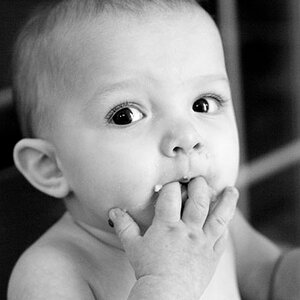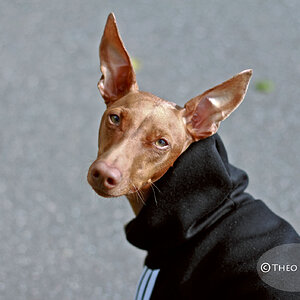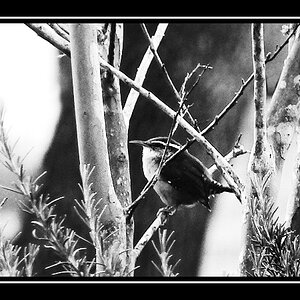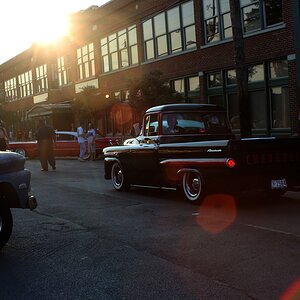kilifila66
TPF Noob!
Hey everyone! I was just wondering what I should do to scan my negatives into my computer. I heard that the Epson 4180 is a good choice but thats about the only thing I seen that has negative support. Any suggestions, comments, or solutions would be greatly appreciated.


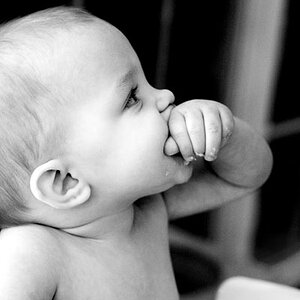
![[No title]](/data/xfmg/thumbnail/34/34083-76406a409bc520ead3cc11af09ebd257.jpg?1619736269)


